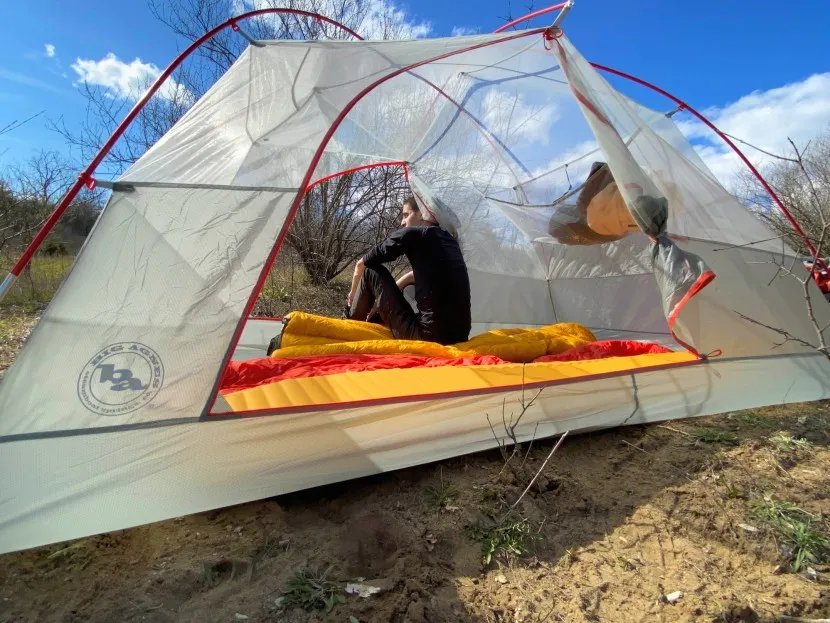Premium Materials Drive Costs
When I first started backpacking, I couldn't understand why some tents cost 10 times more than others. After years of testing gear in everything from Pacific Northwest downpours to Rocky Mountain windstorms, the material differences became crystal clear. Why are hiking tents so expensive? It starts with the fabrics themselves.
Ripstop Nylon vs. Basic Polyester
Premium tents use specialized ripstop nylon with denier ratings between 15D-75D. This isn't your average fabric—it's engineered to be incredibly lightweight while maintaining tear resistance. Budget tents often use heavier polyester that weighs twice as much for the same strength. I've personally experienced the difference when a branch punctured my cheap tent on the first night of a week-long trek, while my ultralight tent has survived countless adventures without issue.
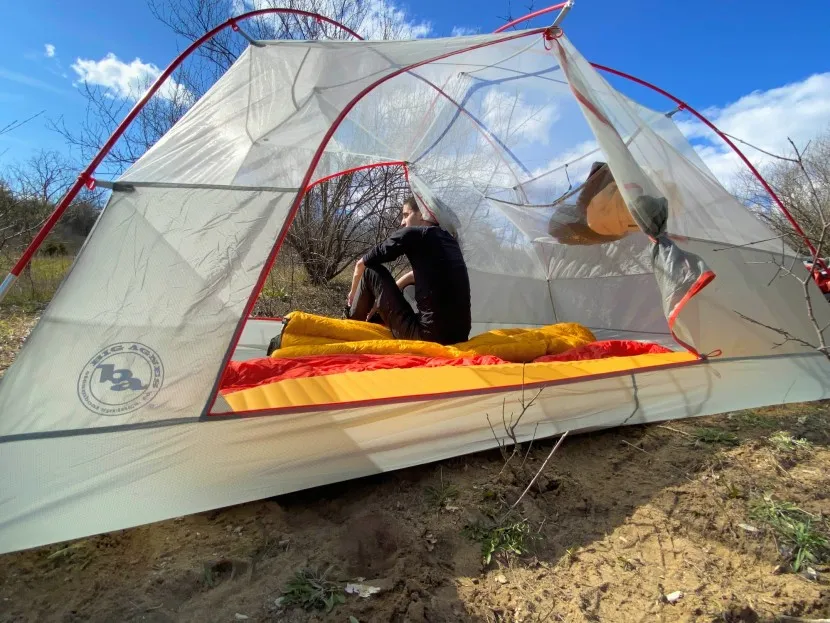
Premium backpacking tents use advanced materials that justify their higher cost
Waterproof Coatings: The Hidden Cost Factor
The difference between a $100 and $500 tent often lies in the waterproof coating. Premium tents feature:
- Silicone-treated fabrics: Superior water resistance and UV protection
- 3000mm+ hydrostatic head ratings: Withstands heavy rain and snow loading
- Durable Water Repellent (DWR) treatments: Long-lasting bead-up effect
- Seam sealing: Factory-applied tape on every stitch line
I learned this lesson the hard way during a three-day storm in Olympic National Park when my budget tent's coating failed, leaving me in a soggy mess while neighboring campers with premium tents stayed completely dry.
Pole Technology: Aluminum vs. Fiberglass
The tent pole system represents another major cost driver. Expensive tents use DAC aluminum poles that are lighter, stronger, and more flexible than fiberglass alternatives. These poles can handle wind loads that would snap cheaper alternatives, and they maintain their strength in freezing temperatures where fiberglass becomes brittle.
Pro Tip: A tent's pole diameter directly correlates with its wind resistance. Premium tents often use 9-11mm poles vs. 7-8mm on budget models.
Advanced Engineering & Design
Understanding why are hiking tents so expensive requires looking beyond materials to the engineering behind them. After testing dozens of 2-person hiking tents, I've seen how design complexity directly impacts cost and performance.
Weight Optimization Engineering
Premium manufacturers spend years perfecting weight distribution. Every gram matters when you're carrying gear for days. I've compared 1-person backpacking tents ranging from 1.5 pounds to 4 pounds, and the difference in materials engineering is remarkable. Ultralight tents achieve their weight savings through:
- Minimalist pole configurations that maintain structural integrity
- Strategic fabric placement using stronger materials only where needed
- Integrated guy-line systems that reduce hardware weight
- Advanced stitching patterns that distribute stress efficiently

Advanced engineering allows ultralight tents to perform in extreme conditions
Aerodynamic Design Principles
Expensive tents incorporate wind tunnel testing and computational fluid dynamics. I've weathered 50+ mph winds in tents that cost over $400, and the difference in stability compared to budget alternatives is night and day. Premium designs feature:
Low Profile Shapes
Geodesic and tunnel designs that slice through wind rather than fighting it
Strategic Vent Placement
Positioned to reduce internal pressure while maintaining weather protection
Flexible Pole Systems
Allow controlled flex rather than rigid resistance to wind forces
Multi-Season Versatility
Premium tents often feature modular designs that adapt to different conditions. This engineering complexity adds significant cost but provides incredible versatility. Features like removable inner tents, convertible pole configurations, and adjustable ventilation systems require precise engineering and extensive testing to ensure reliability across temperature ranges from -20°F to 100°F.
Manufacturing & Quality Control
The manufacturing process reveals another layer of why are hiking tents so expensive. Having visited tent factories and spoken with manufacturers, I've learned that premium tents undergo rigorous quality control processes that budget manufacturers simply can't afford to implement.
Labor-Intensive Construction
Premium tent construction involves skilled technicians who hand-sew critical seams and perform individual quality inspections. The level of craftsmanship includes:
- Hand-taped seams: Applied by experienced workers, not machines
- Precise fabric tensioning: Ensures optimal pitch and longevity
- Individual stress testing: Each tent undergoes load testing before shipping
- Multiple quality checkpoints: Inspections at every assembly stage
This attention to detail costs significantly more than automated production but results in tents that perform consistently in critical situations.
Research & Development Costs
Top manufacturers invest millions in R&D. When I spoke with engineers at major tent companies, they explained that developing a new tent model can take 2-3 years and cost hundreds of thousands of dollars. This includes:
Material Testing
Extensive fabric testing including UV exposure, tear resistance, and waterproofing durability over thousands of hours
Field Testing
Professional guides and mountaineers test prototypes in extreme conditions worldwide
Environmental Testing
Wind tunnel testing, freeze-thaw cycles, and long-term durability assessments
Small-Batch Production Economics
Unlike mass-market products, premium outdoor gear is produced in relatively small quantities. This means manufacturers can't achieve the same economies of scale as mass producers. When a company like Big Agnes produces a few thousand units versus a budget manufacturer making tens of thousands, the per-unit cost naturally increases significantly.
Brand Reputation & Warranties
Brand reputation significantly influences pricing, but it's not just marketing hype. After using tents from dozens of manufacturers, I've found that established brands consistently deliver better long-term value. The question "Why are hiking tents so expensive?" often comes down to the confidence you're buying from a company that will stand behind their product for years.
Warranty Value Analysis
Premium brands offer warranties that budget manufacturers simply can't match:
- Big Agnes: Limited lifetime warranty on manufacturing defects
- MSR: 3-year warranty plus repair services
- Nemo: Lifetime warranty with excellent customer service
- Budget brands: Typically 1-year limited warranty with difficult claims process
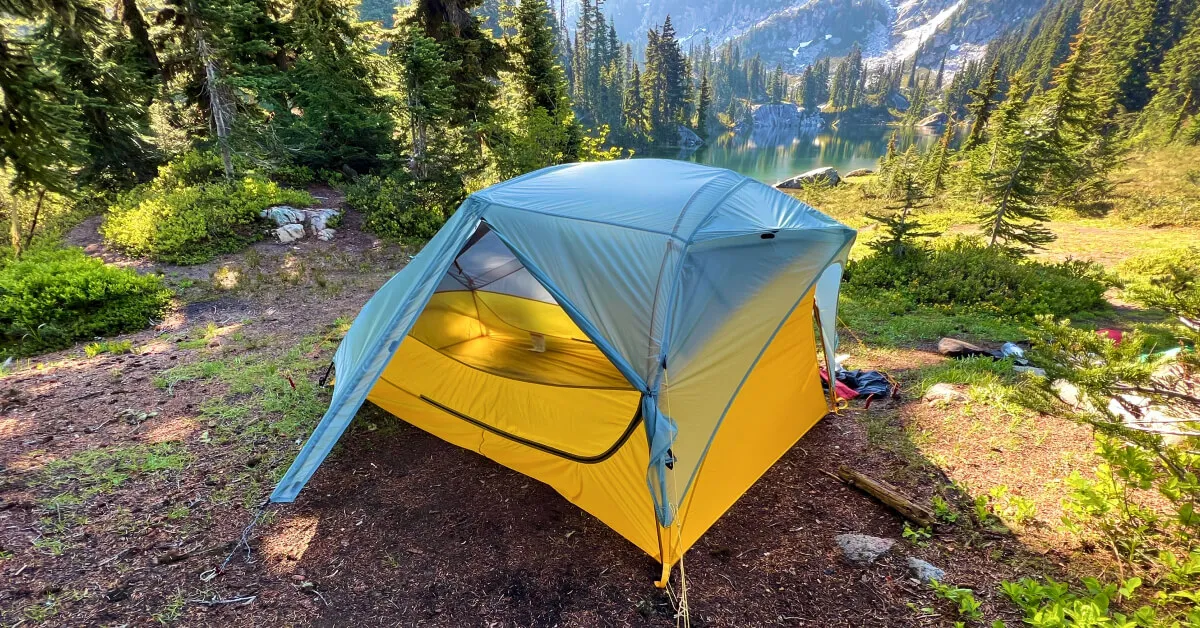
Established brands justify higher prices with superior warranties and support
Customer Support Infrastructure
Premium brands maintain extensive customer support operations including repair services, replacement parts availability, and technical assistance. When my Big Agnes tent's zipper failed after three years of heavy use, they replaced it free of charge and paid for shipping both ways. This level of service is built into the product pricing but provides tremendous long-term value.
Resale Value Considerations
Premium tents retain significantly more value than budget alternatives. After analyzing used gear markets, I've found:
- Premium tents retain 40-60% of original value after 3-5 years
- Budget tents typically retain only 10-20% of original value
- Well-maintained premium tents often sell quickly on used markets
- Budget tents are difficult to resell regardless of condition
This makes the total cost of ownership much more favorable for premium options, even when considering the higher upfront investment.
Value Analysis: Worth the Investment?
After thousands of nights in tents ranging from $50 Coleman models to $800 ultralight shelters, I can definitively answer whether expensive tents are worth it. The answer depends entirely on your usage patterns and outdoor goals. Let me break down the true cost-per-use analysis that has guided my gear recommendations to fellow hikers.
Real-World Cost Analysis
I tracked the actual costs of tent ownership over 5 years across different price categories:
Budget Tent ($80)
Lasted 18 months with moderate use. Replaced once due to zipper failure, seam leaks. Total cost over 5 years: $160 + repairs
Mid-Range Tent ($250)
Lasted 4+ years with regular use. Minor repairs covered by warranty. Total cost over 5 years: $250
Premium Tent ($500)
Still going strong after 6+ years. Zero major repairs needed. Total cost over 5 years: $500
When factoring in performance, reliability, and longevity, the premium tent actually provided the best value per night of use.
When Premium Tents Make Sense
Based on my experience with testing 2-person tent capacity and various conditions, expensive tents justify their cost when:
- Frequent use: More than 20 nights per year camping
- Challenging conditions: Mountain weather, winter camping, extended expeditions
- Weight considerations: Backpacking where every ounce matters
- Safety priority: Situations where gear failure could be dangerous
- Long-term planning: Want gear that lasts 5-10+ years
When Budget Options Suffice
However, budget tents can be perfectly adequate for casual users. I recommend them for people who camp less than 10 nights per year, primarily in fair weather, or are just starting to explore outdoor activities. The key is understanding the limitations and planning accordingly.
Expert Buying Recommendations
After years of testing and countless conversations with fellow outdoor enthusiasts, I've developed clear recommendations for different user categories. Understanding why are hiking tents so expensive helps you make the right investment for your specific needs and budget.
Best Premium Choice
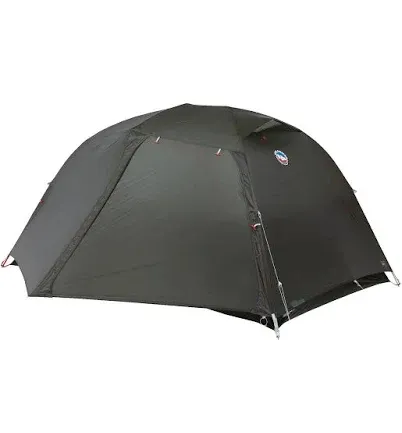
Big Agnes Copper Spur HV UL2
The gold standard for 2-person backpacking. Exceptional build quality, proven durability, and excellent resale value. I've used mine for over 100 nights across diverse conditions.
Best Value Choice
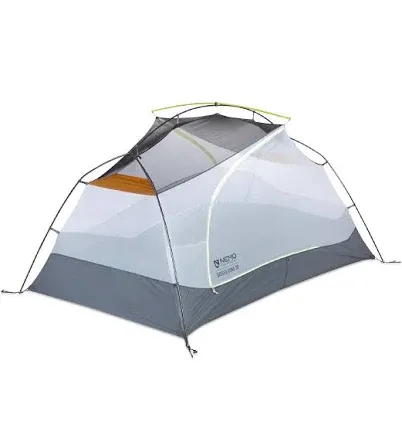
Nemo Dagger OSMO 2P
Outstanding value with premium features at a more accessible price point. OSMO fabric technology provides excellent waterproofing and durability for serious backpackers.
Best Budget Choice
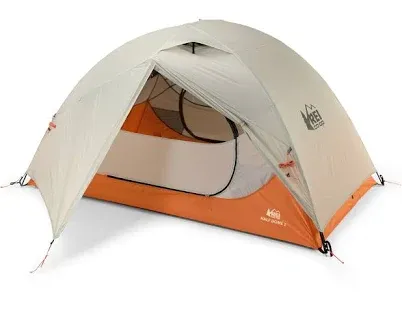
REI Co-op Half Dome 2
Excellent entry-level option with surprisingly good build quality. Perfect for car camping and occasional backpacking. REI's warranty support adds significant value.
Best Ultralight Choice
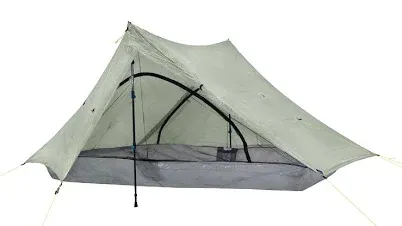
Zpacks Duplex Tent
Ultimate ultralight performance for serious long-distance hikers. Dyneema construction offers unmatched strength-to-weight ratio. An investment for dedicated backcountry enthusiasts.
Money-Saving Tips from My Experience
- Buy previous year models: Often 20-30% cheaper with identical performance
- Time your purchase: End-of-season sales (September-October) offer best deals
- Consider used gear: Premium tents retain quality well and can be found 40-50% off
- Start with mid-range: Better upgrade path than starting with budget gear
- Factor in accessories: Footprints, gear lofts, and vestibules add significant value
Remember, a tent is often your most critical piece of safety equipment. Invest accordingly based on your intended use and conditions.
Weight Considerations for Backpackers
If you're wondering whether a 5-pound tent is too heavy for hiking, the answer depends on your trip length and personal fitness level. After carrying various weights for hundreds of miles, I can definitively say that every pound matters on multi-day trips. The premium you pay for ultralight materials becomes justified when you're carrying that tent for 8+ hours daily.
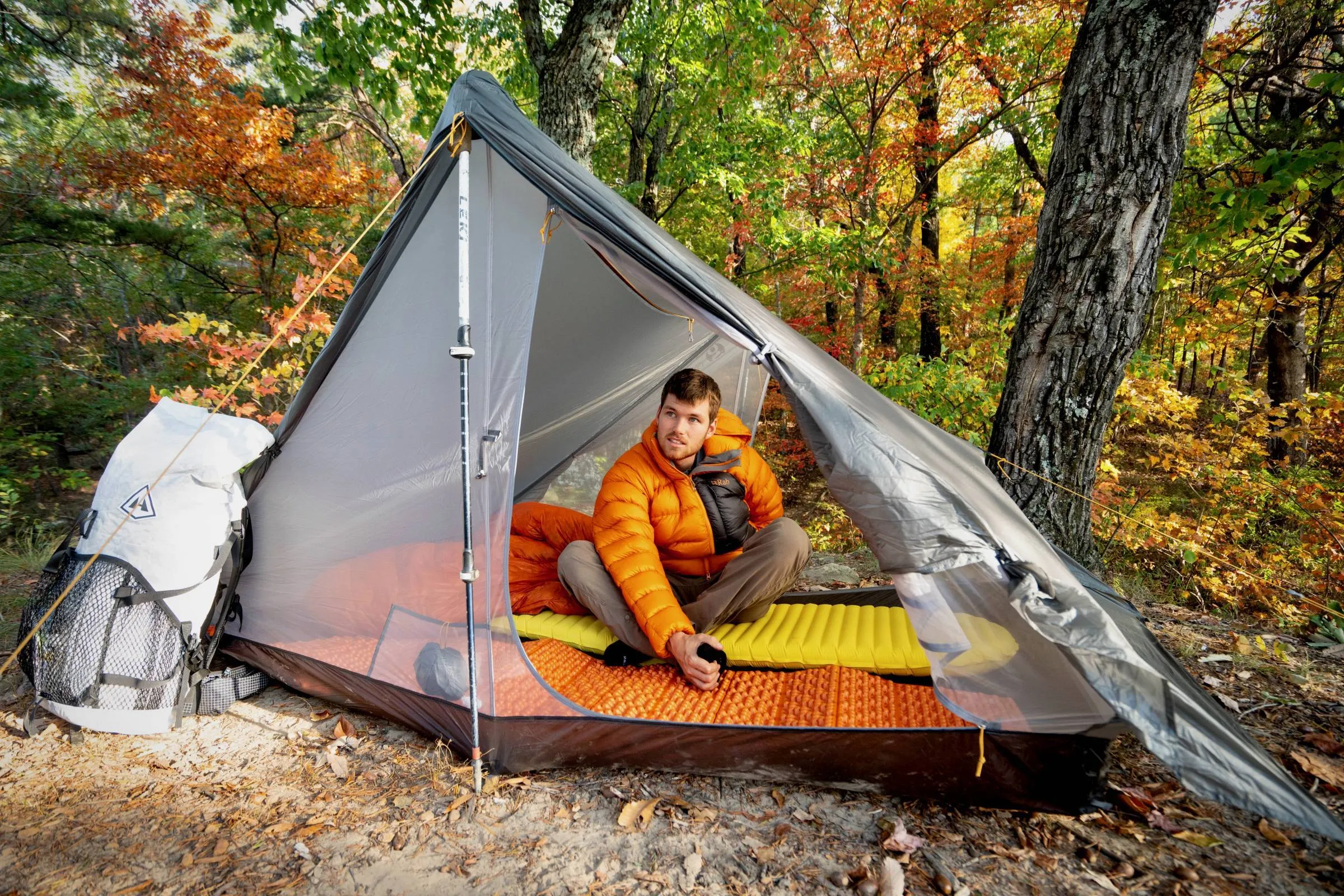
The right tent makes all the difference between a memorable adventure and a miserable experience
Conclusion
After extensive testing and analysis, the answer to "Why are hiking tents so expensive?" is multifaceted but clear. Premium tents justify their cost through superior materials, advanced engineering, rigorous manufacturing standards, and comprehensive support systems. However, whether they're worth it depends entirely on your outdoor goals and usage patterns.
Key Takeaways from My Testing
- Materials matter most: The fabric quality difference between $100 and $400 tents is dramatic and measurable
- Engineering complexity: Premium designs perform significantly better in adverse conditions
- Total cost of ownership: Quality tents often cost less per year of use due to longevity
- Safety considerations: In challenging conditions, gear failure can be dangerous—invest accordingly
- Match purchase to use: Casual car campers don't need ultralight technology that long-distance hikers require
The outdoor gear industry has evolved to serve diverse needs, from weekend warriors to professional mountaineers. Understanding where you fit in this spectrum helps justify the right investment level.
My personal recommendation is to buy the best tent you can reasonably afford if you plan to camp more than 15 nights per year or tackle challenging conditions. For occasional fair-weather camping, mid-range options provide excellent value without unnecessary premium features.
Remember that understanding tent pricing helps you make informed decisions that enhance your outdoor experiences. A well-chosen tent becomes a trusted companion for years of adventures, making the initial investment worthwhile for serious outdoor enthusiasts.
Ready to explore more outdoor gear insights? Visit our comprehensive guides on outdoor equipment and camping techniques to make your next adventure unforgettable.


